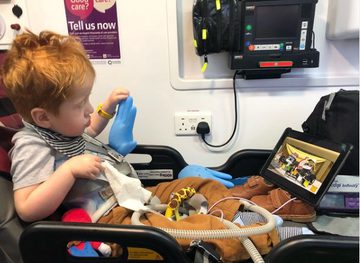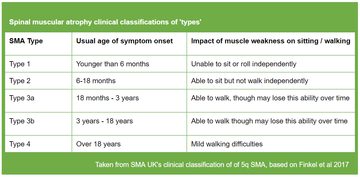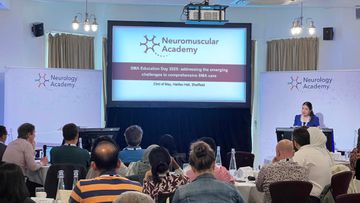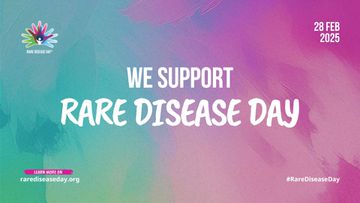SMA in reality: place-based care, joined up working and a new outlook
KnowledgeSpinal muscular atrophy (SMA) is a complex condition and getting the right balance between specialist and place-based care is challenging. It is also essential, when considering the breadth of care, and the long-term needs for people with SMA receiving successful treatment.
The SMA paediatric pathway aims to support both specialist centres and local services to provide the best possible care. It highlights what elements of care, support and management are best delivered where - and provides information to help professionals feel confident in that provision.
Specialist versus community
Specialist centres all work differently according to their service make-up and local pathways. However, a more joined up approach to SMA specialist care is something the pathway hopes to encourage in every area. Portia talks about the huge variety of services and support that Ezra needs and explains what a difference joining up specialist appointments would make to her and Ezra.
Photograph: via Instagram page EzrasAdventures-smatype1. Caption reads 'Thoroughly entertained in the patient transport ambulance on the way home from our respiratory clinic appointment in London.'

Some care is specialist - but could be delivered outside of the specialist centres, closer to home, if training was given to local providers. This would reduce pressure on specialist services, upskill local teams and improve access to place-based care whilst reducing unnecessary travel for families of children with SMA.
Portia feels that upskilling local services with the knowledge and skills they need to support children with SMA more effectively could also potentially save lives in crisis circumstances.
A new outlook for SMA
The new medications available for infants and children mean that they can not only maintain their function, but with the right support, improve it. There is a real opportunity for supportive and therapeutic services to take an active role in enabling children to regain some function, although this is not necessarily embraced yet.
Portia explains how she would love to see physical therapy challenging Ezra and building new skills, as well as offering maintenance. 'There are some amazing tools available that get used for people with other conditions, like spinal injuries, which could be really brilliant for children like Ezra,' Portia suggests.
She is hopeful that, as time goes on, and more children are living with SMA, this support will become more and more accessible. 'I think perhaps there's a shift in mindset that needs to come with these new treatments. They can learn to do more - we need to really help them.'
Portia's wish to continue to challenge Ezra and increase his function wherever possible is completely tied to how long his disease progression remains halted. Nusinersen doses are dependent on a physiotherapy assessment to confirm that the child's existing function is either being maintained, or improved on. Portia that this ethos expands to other areas of support - and that it causes a cycle which can either lead to increased improvement, or decreased ability.
'Unless Ezra can get stronger, other opportunities are taken away. He can only have a superlight wheelchair if he can wheel himself. But he can't learn to wheel himself without practice, and he can't learn in a heavier chair because that's too hard for him to start out with.
That's what we need from our local healthcare team - help to start Ezra on a positive upward spiral, and to help him stay on it.'
Further information and references
Prevalence of SMA Type 1: Prevalence, incidence and carrier frequency of 5q-linked spinal muscular atrophy - a literature review - PubMed (nih.gov)
NICE guidance on Nusinersen Overview | Nusinersen for treating spinal muscular atrophy | Guidance | NICE
NICE announcement to fund Zolgensma NICE approves life-changing gene therapy for treating spinal muscular atrophy | News and features | News | NICE
Ezra's adventures on Instagram EzrasAdventures-smatype1 (@ezrasadventures_smatype1)
SMA UK cites the following clinical classifications of 'types' of 5q spinal muscular dystrophy (the most common form of SMA) adapted from Finkel et al., 2017

Related articles

Outstanding feedback for SMA Education Day 2025

Rare Disease Day 2025

Spinal muscular atrophy: education with impact
Raising awareness, improving outcomes
Neuromuscular Academy is the first bespoke course for healthcare professionals to receive expert training in neuromuscular conditions like spinal muscular atrophy.